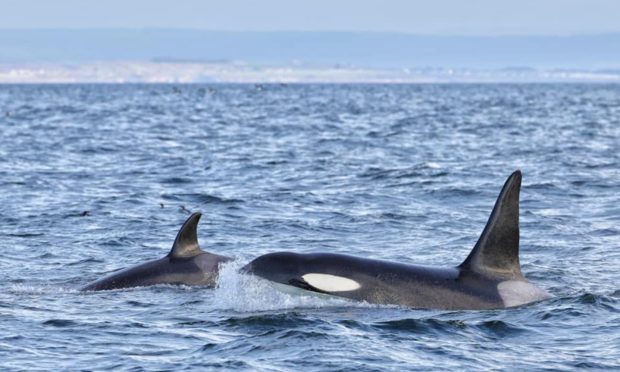Ports and harbours need to know about a new decision and the impact it may have in relation to environmental information they hold.
That’s the message from leading independent law firm Harper Macleod following the Scottish Information Commissioner’s announcement on May 25.
-
Some Press and Journal online content is funded by outside parties. The revenue from this helps to sustain our independent news gathering. You will always know if you are reading paid-for material as it will be clearly labelled as “Partnership” on the site and on social media channels.
This can take two different forms.
“Presented by”
This means the content has been paid for and produced by the named advertiser.
“In partnership with”
This means the content has been paid for and approved by the named advertiser but written and edited by our own commercial content team.
The landmark decision of the Commissioner was about the application of the Environmental Information (Scotland) Regulations 2004 (EIRs). And it could have “significant implications”.
It means that ports and harbours across Scotland may need to disclose environmental information that they hold to those who ask for it. Requests would be possible from anyone, anywhere in the world.
In the decision, the EIRs were found to apply to a port authority considered to be a “Scottish public authority” for the purposes of the regulations. Fiona Killen, partner at Harper Macleod, says it “breaks new ground”.
This is the first time that a Scottish harbour authority has been deemed as a “Scottish public authority” for the purposes of the EIRs. The EIRs have been in force since 1 January 2005.
Significant decision
Harbour authorities are not covered by the Freedom of Information (Scotland) Act 2002. Despite this, ports and harbours may still fall within the scope of the EIRs. The decision is significant.
The Commissioner’s decision referred to above relates to Cromarty Firth Port Authority (CFPA).
The Cromarty Firth Port Authority case
CFPA had received a request for copies of 62 complaints made to it concerning the Ocean Endeavour. The Commissioner decided that CFPA fell within the definition of a Scottish public authority under Regulation 2(1)(c) of the EIRs. It also concluded that the requested information was ‘environmental information’.
Fiona is one of Scotland’s most highly regarded lawyers for public, information and administrative law.
She said: “This decision breaks new ground in terms of the reach of the EIRs. It will be of significant interest to ports and harbours across Scotland, to those who interact and share environmental information with them. It is also significant to those seeking to access environmental information.”
What should ports and harbours do now?
“Ports and harbours across Scotland should now review their own position under the EIRs as to whether they too constitute a Scottish public authority,” advised Fiona.
Fiona is a member of Harper Macleod’s Corporate, Commercial and Regulatory team. She works alongside partner Chris Kerr. Chris leads the firm’s activity in the Highlands, Islands and Moray, as well as the extensive support for the marine economy.
For more information about this decision and its impact, contact Harper Macleod and speak to Fiona Killen or Chris Kerr.
*The Commissioner’s Decision Notice is subject to a right of appeal to the Court of Session. This must be lodged within 42 days from the date on which it was issued to Cromarty Firth Port Authority (CFPA).











